From symbolic foods and decor to rituals and traditions that attract good luck, different countries, cultures and religions have their own distinct ways of ringing in a new year—even if it doesn’t fall on December 31.
If you’re looking for inspiration for your own celebrations, we’ve rounded up ways from around the world to herald the arrival of the New Year.
Brazil
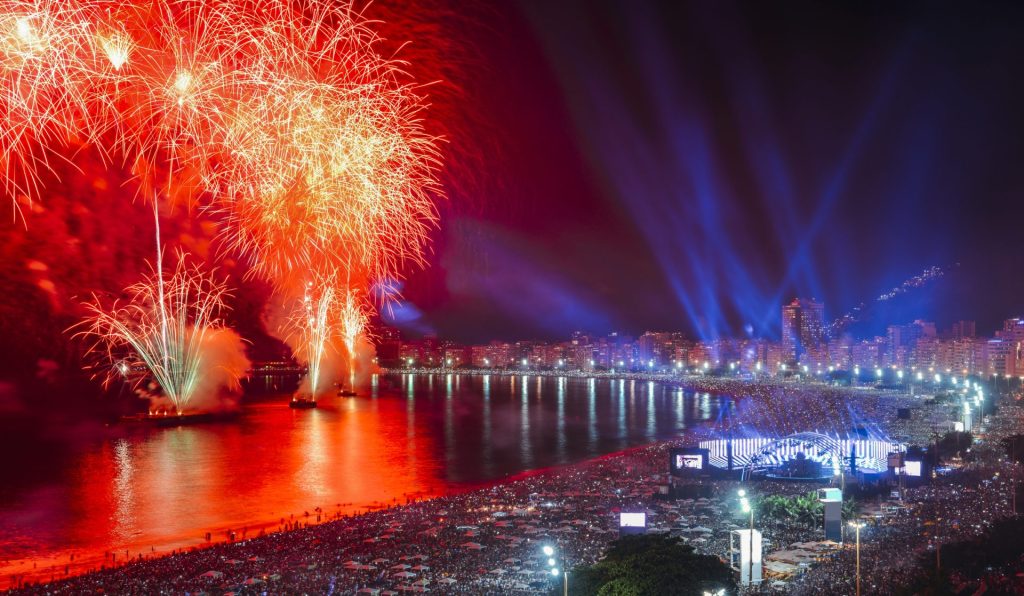
Millions of partygoers descend on the sandy shores of Copacabana Beach in Rio de Janeiro on December 31 to usher in the new year with a raucous beach party that lasts until dawn. Merrymakers often wear head-to-toe white clothing to symbolize peace and good luck.
They also send flowers, jewellery and other gifts into the ocean as an offering to lemanjá, Brazil’s goddess of the sea. Following a spectacular midnight fireworks display, partiers jump over the waves seven times while making wishes for the year to come.
Japan

Eating a bowl of toshikoshi soba— “year-crossing noodle” —before midnight on Omisoka (New Year’s Eve) is a Japanese custom that is believed to have started in the Edo period, from 1603 to 1868.
The symbolic buckwheat noodles are stretched and cut into long, thin strips representing a long and healthy life. The slicing of noodles signifies a fresh start and the cutting away of bad luck and misfortunes from the previous year.
Philippines
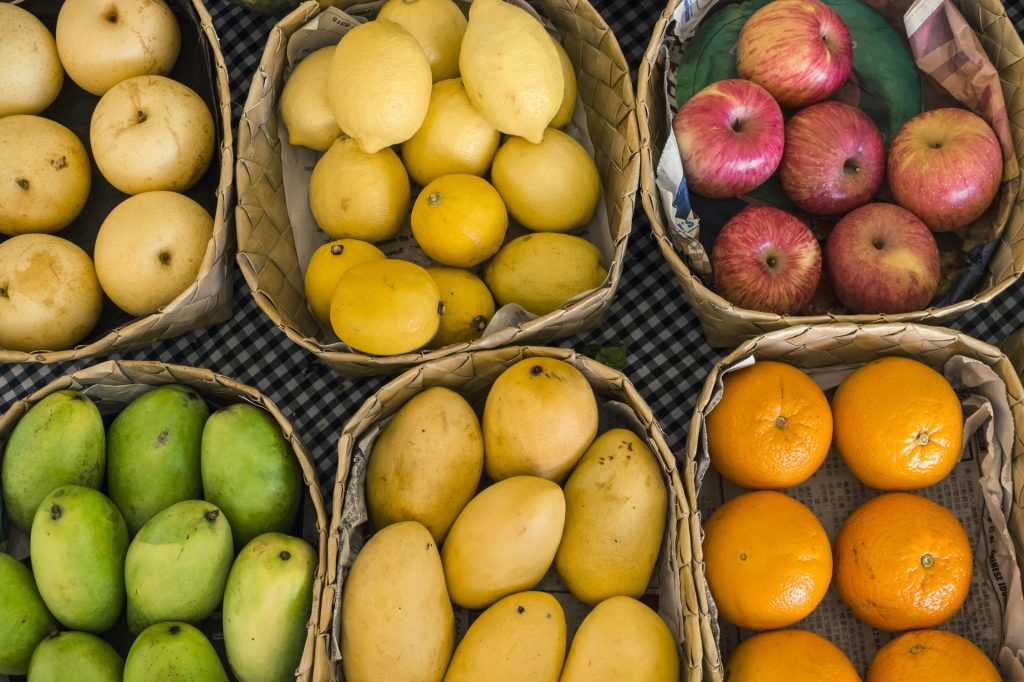
Here, the New Year’s Eve dinner table is typically laid out with 12 spherical fruits—one for each month of the year. Round shapes are thought to attract prosperity and abundance because they resemble gold and silver coins. Apples, oranges, plums and peaches are favoured, while thorny fruits like pineapple and jackfruit are avoided, as the spikes symbolize obstacles.
Filipinos may also wear polka-dotted clothing on December 31 as part of this symbolic homage to circular shapes.
France
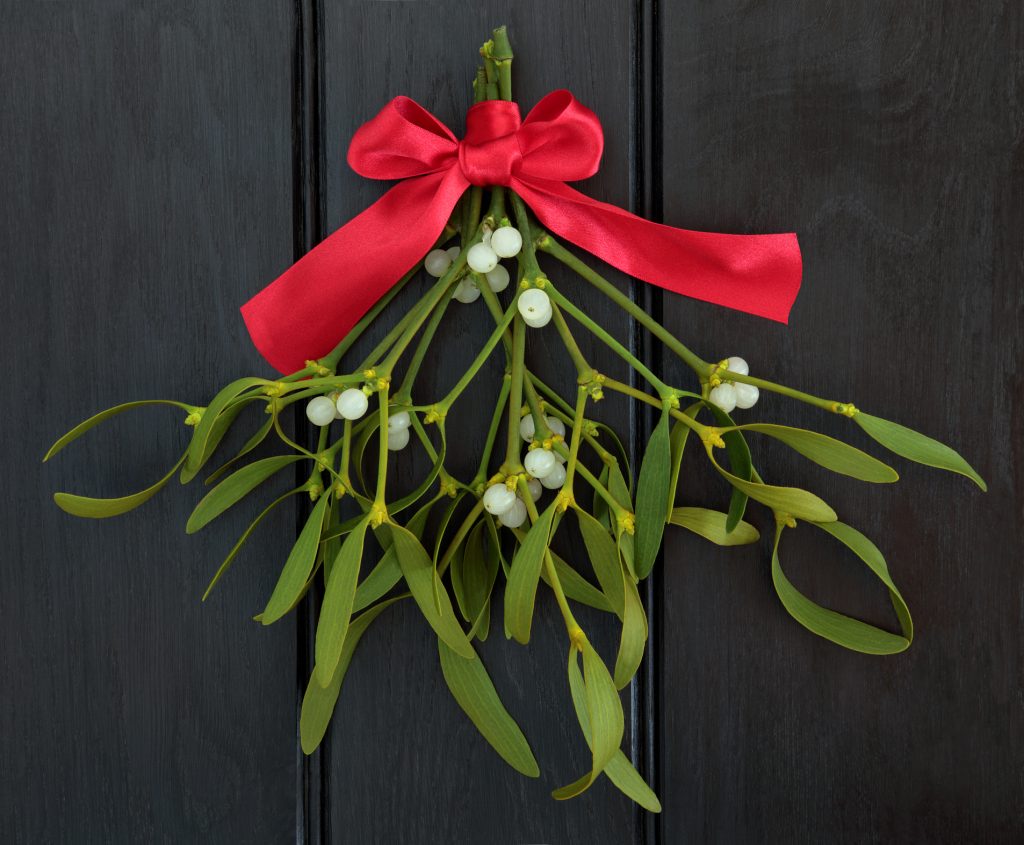
At the stroke of midnight, you’ll find the French kissing under the mistletoe, which is believed to bring good luck and ward off bad spirits. New Year’s Eve in France is known as Le Réveillon de la Saint-Sylvestre—it’s named for the saint who is celebrated on December 31, though he has no connection to new year’s—and usually means sharing a feast with friends, which can include champagne and foie gras.
Scotland
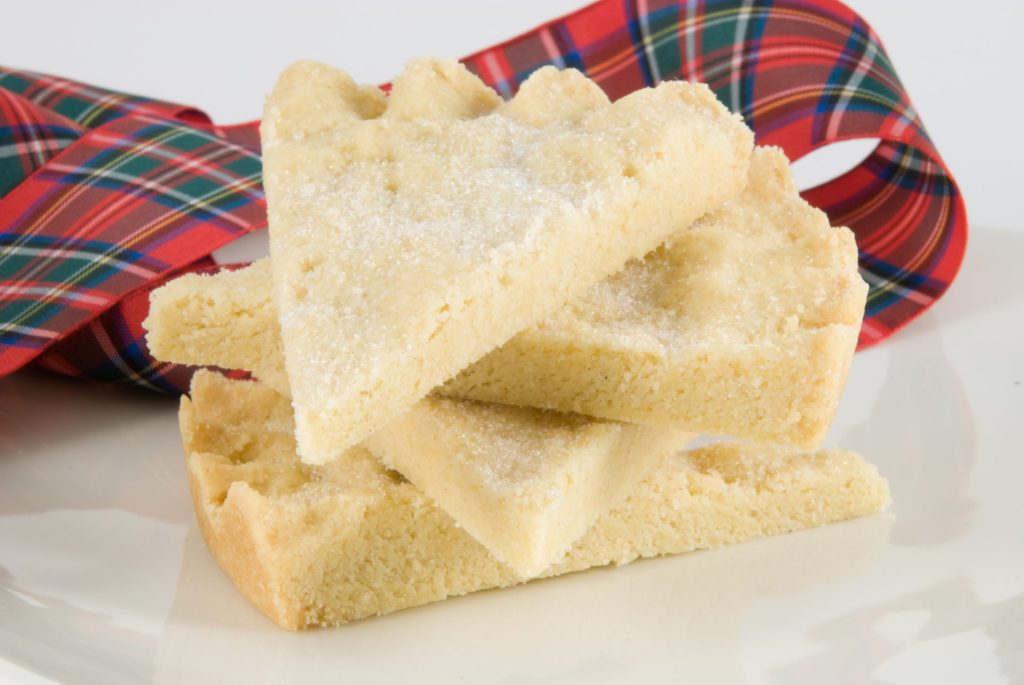
Edinburgh’s annual Hogmanay is one of the world’s most well-known New Year’s Eve celebrations. While you’ve probably hummed along to the tune of “Auld Lang Syne” following the midnight bells, you might not be familiar with the ancient Scottish tradition of First Footing, which still takes place across the country. To ensure good fortune for the upcoming year, the first person—or first foot—to enter your home after midnight on December 31 must arrive bearing a symbolic gift of shortbread, salt, coal or whisky.
Switzerland
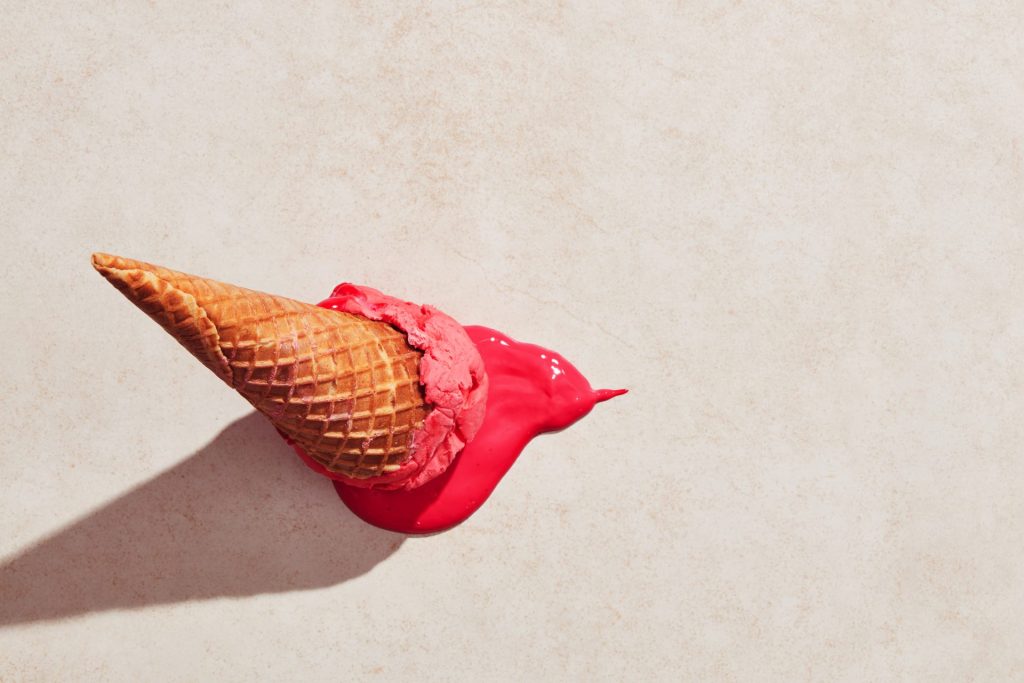
The Swiss don’t cry over spilled milk—or, rather, ice cream. In fact, they rejoice over it. It’s not uncommon to find ice cream (whipped cream is also an accepted substitution) dropped on the floor in households across Switzerland. A scoop of the sweet frozen treat on the ground symbolizes overflowing abundance and wealth in the new year.
India

Every year in October or November, Hindus, Sikhs and Jains in India and South Asian communities around the world celebrate Diwali, a five-day festival of lights that marks the start of the Hindu lunar calendar. Families decorate their homes with small clay oil lamps called diyas and handmade rangoli, an art form created with colourful flowers and powders. The beautiful lights and artwork are designed to lead Lakshmi, the Hindu goddess of wealth, inside the house to bless residents with good fortune for the coming year.
Spain
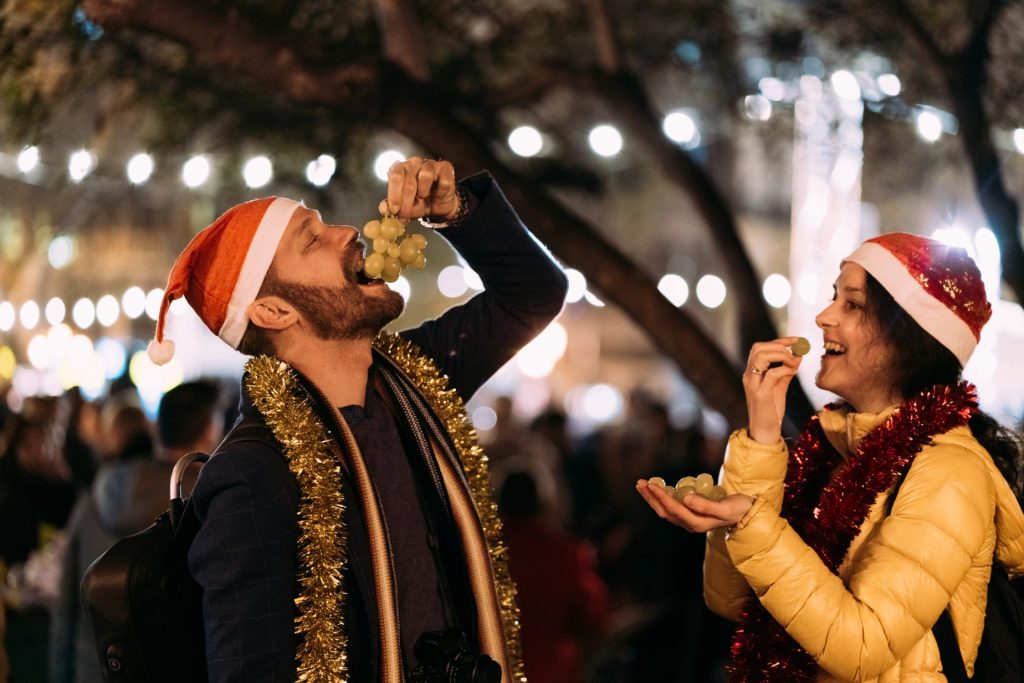
In lieu of a traditional champagne toast, Spaniards eat 12 grapes at the stroke of midnight to ensure good luck for the 12 months ahead. (Several other Latin countries later adopted this same ritual.) Legend has it the tradition started in the late 1800s as a way for wine growers in the Alicante region to use up their excess crop.
Thinking of travelling?
If you’re thinking about travelling soon, CAA’s trusted travel professionals can help you build a trip to remember. Visit caaneo.ca/travel or call 1-866-279-7790 to plan your dream vacation today.

